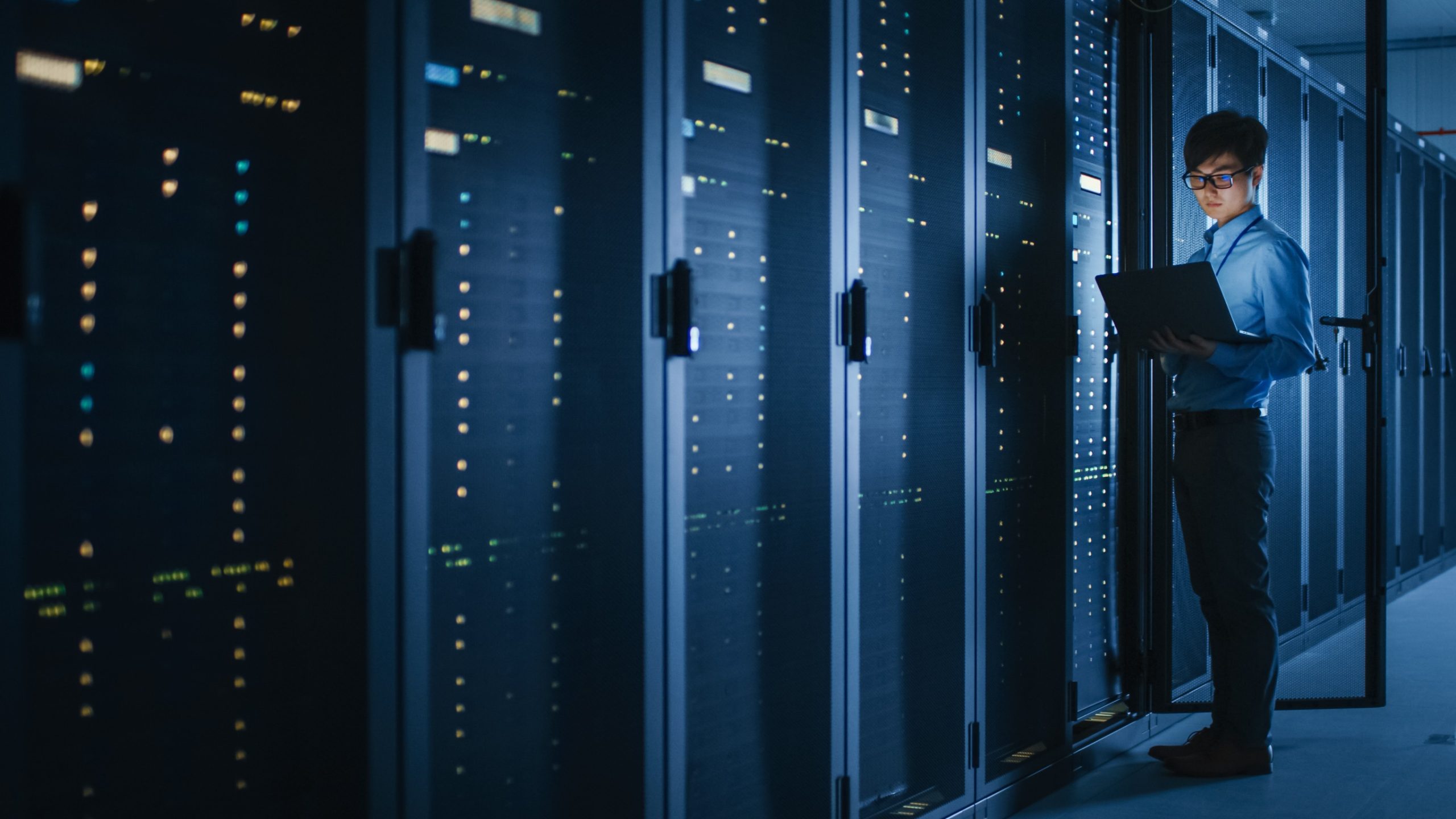Malaysia has experienced remarkable growth in its digital hub sector, spurred by the accelerating digital transformation and the widespread adoption of smartphones. The demand for reliable data architecture has surged due to the impetus behind remote services and the expanding realm of cloud computing.
The convergence of governmental, economic, and commercial factors propels the substantial growth witnessed in the sector, reflecting a dynamic environment primed for sustainable digital transformation and establishing a green data centre in the region.
The pandemic accelerated digital shifts, notably seen in the surge of internet users, reaching 96.8% of the population. Initiatives like the Malaysia Digital Economy Blueprint illustrate the government’s commitment to fostering the digital economy through high-impact catalytic initiatives.
Malaysia’s strategic green data centre initiatives
The government’s strategic initiatives to establish a green digital warehouse infrastructure highlight a commitment to fostering sustainable practices within the industry. A key government initiative involves the establishment of a smart grid and a drive to increase renewable energy’s share in total power production to 31% by 2025 and 40% by 2035, which addresses concerns regarding sustainable power scalability.
The government actively promotes cloud service adoption, integrating public services, and encouraging businesses to embrace cloud technologies through initiatives like MyGovCloud. Furthermore, Tenaga Nasional Berhad (TNB) has introduced the innovative “green lane” pathway, streamlining processes for setting up data facilities and providing efficient and eco-conscious solutions. This pathway expedites approvals, simplifies onboarding, and ensures access to necessary power resources for computing facility operations.
Additionally, TNB’s Green Lane Pathway significantly reduces implementation timelines from 36-48 months to 12 months, boosting efficiency and attracting more tech companies to the country.
Driving innovation: Energy-efficient cooling systems
The increased need for computing power driven by AI integration in business requires continuous, seamless operations within a digital infrastructure. Yet, meeting this demand poses challenges as computing facilities significantly contribute to global electricity usage and greenhouse gas emissions.
In Malaysia, Vertiv introduced 200 to 250 TWh powered computing centres in 2020, emphasising a commitment to sustainability through procuring 37.1 GW of clean energy agreements in 2021. In a bid for progress, innovative solutions emerged, exemplified by Vertiv’s collaboration with GRC, culminating in a cutting-edge liquid immersion cooling system.
This groundbreaking technology utilises ElectroSafe dielectric liquid coolant, significantly reducing cooling energy costs by up to 95% while enabling servers with high heat densities to be cooled more effectively.
Showcasing leading green data centre projects
Malaysia, embarking on the forefront of eco-friendly advancements, is showcasing its leadership in sustainable infrastructure. Among these pioneering ventures, Solarvest Holdings Bhd’s subsidiary, Solarvest Borneo Sdn Bhd, collaborates with the Centre for Technology Excellence Sarawak (Centexs), Huawei Technologies Sdn Bhd, and GreenBay CES Sdn Bhd to develop a hyperscale green data centre industry in Borneo.
This partnership aims to establish a testbed and training programme in Sarawak, focusing on energy-efficient solutions and intellectual property creation in clean energy. The collaboration seeks to promote environmental responsibility through hyper-scale infrastructures, reducing carbon footprint, and enhancing the sustainability of digital services.
Hong Leong Bank’s new data centre in Kuala Lumpur achieved a Titanium+ Tier nod from the Green Climate Initiative (GCI), marking it as a Certified Green Computing Facility. This accreditation, announced at the Huawei Malaysia Digital Power Summit 2023, positions the bank as the only facility in the country to attain the prestigious Titanium+ ranking, scoring 99 out of 100 in the Certified Green Computing Facility (CGCF) Weighted Scorecard. The operations align with the bank’s strategic ESG goals, incorporating sustainability and environmental frameworks into its operations towards carbon neutrality by 2050.
In parallel, YTL Power International Berhad’s groundbreaking move to develop a 500 MW data centre park powered by renewable solar energy in Johor Bahru marks a significant leap forward. The YTL Green Data Center Park, leveraging its proximity to Singapore, promises diverse power, connectivity, and an environmentally conscious digital hub in the Iskandar region of Johor. With construction underway and plans for further expansion, YTL’s initiative signals a new era in the region’s digital infrastructure, reinforcing its commitment to sustainable, cutting-edge solutions.
Green is the future
The country’s push for greener power grids in the near and medium term presents a pathway for computing-based facilities to enhance sustainability initiatives. However, the escalating pace of data centre construction in this region brings forth formidable hurdles, particularly in recruiting adept professionals well-versed in managing information processing centres and emerging technologies like cloud computing and virtualisation. These challenges present opportunities for the digital industry to contribute to sustainable digital transformation and reinforce the imperative of transitioning towards a green data centre.
Effectively addressing these challenges mandates providers to establish robust skill development initiatives that foster continuous learning, education, and cross-industry knowledge dissemination.
Articles by : Tech Collective


